
There are better newsletter metrics than open rate
The New Yorker’s Dan Oshinsky outlines six different newsletter metrics to gauge success that are not open rate.
Email newsletters can serve more than one purpose. The first step is deciding which you want to pursue.

The New Yorker’s Dan Oshinsky outlines six different newsletter metrics to gauge success that are not open rate.

Get beyond basic (and often flawed) open rate and click-through rates and learn to better understand your email newsletter performance and audience behavior.

Running an effective email newsletter is the first step. What comes next requires the ability to improve outcomes based on data. The most effective newsletters use data to constantly improve (including open rates, click-through rates, shareability and other KPIs) within the frame of their purpose and audience.

Here’s an idea to steal and adapt: Good photography can be a common ground, going beyond politics and culture.

Proven strategies for local media, as tested by news organizations in the Table Stakes Local News Transformation Program

Here’s an idea to steal and adapt: The Dallas Morning News gave new or infrequent voters personally curated stories that would equip them to have a voice in 2024.

Here are 10 ideas to steal and adapt: From planning live events to tackling the audience funnel, these articles and case studies are the most-viewed in 2024 on BetterNews.org.
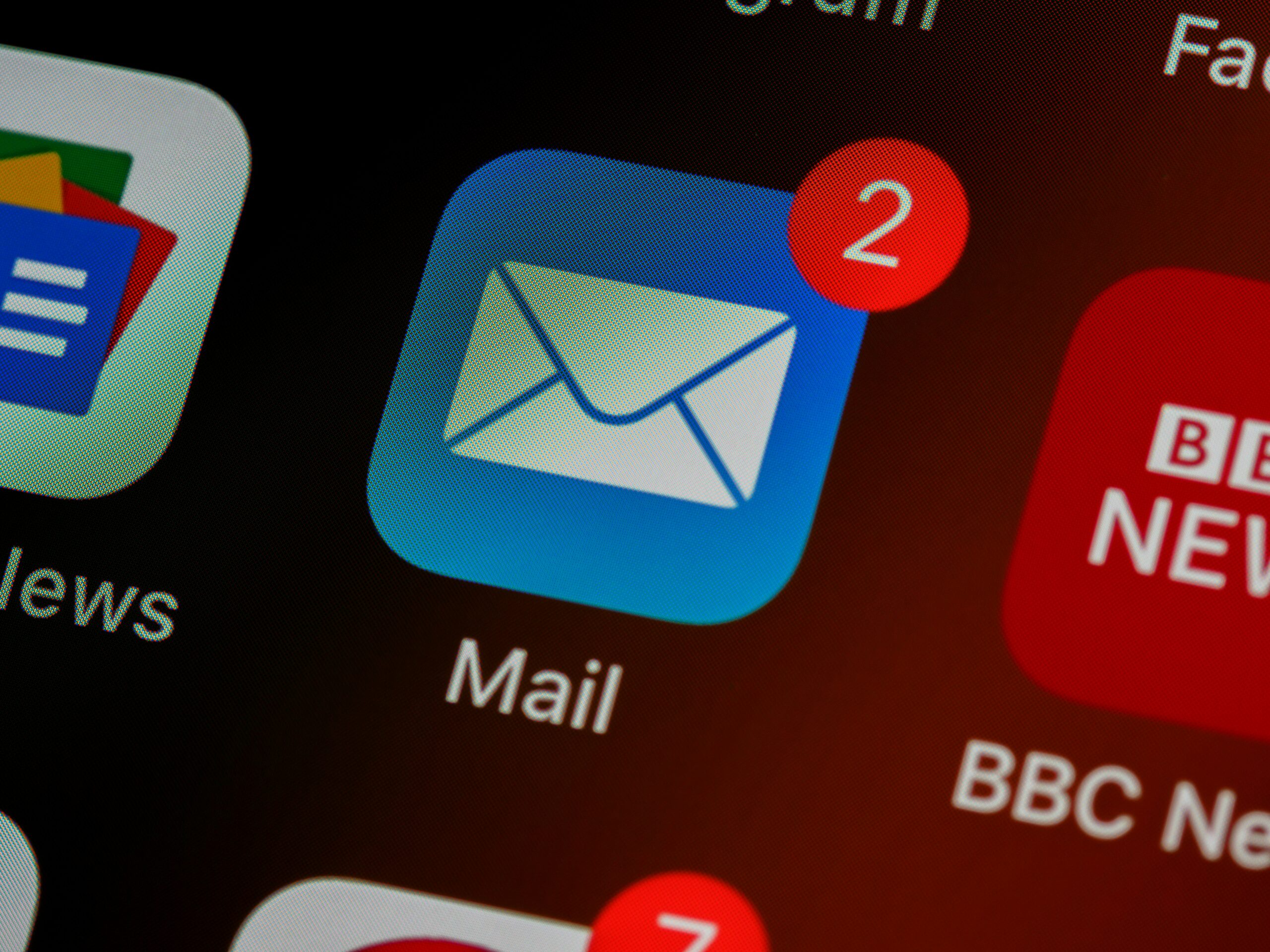
Here’s an idea to steal and adapt: Build your audience with “daily briefing” emails, then leverage that audience for additional advertising and subscription revenue.
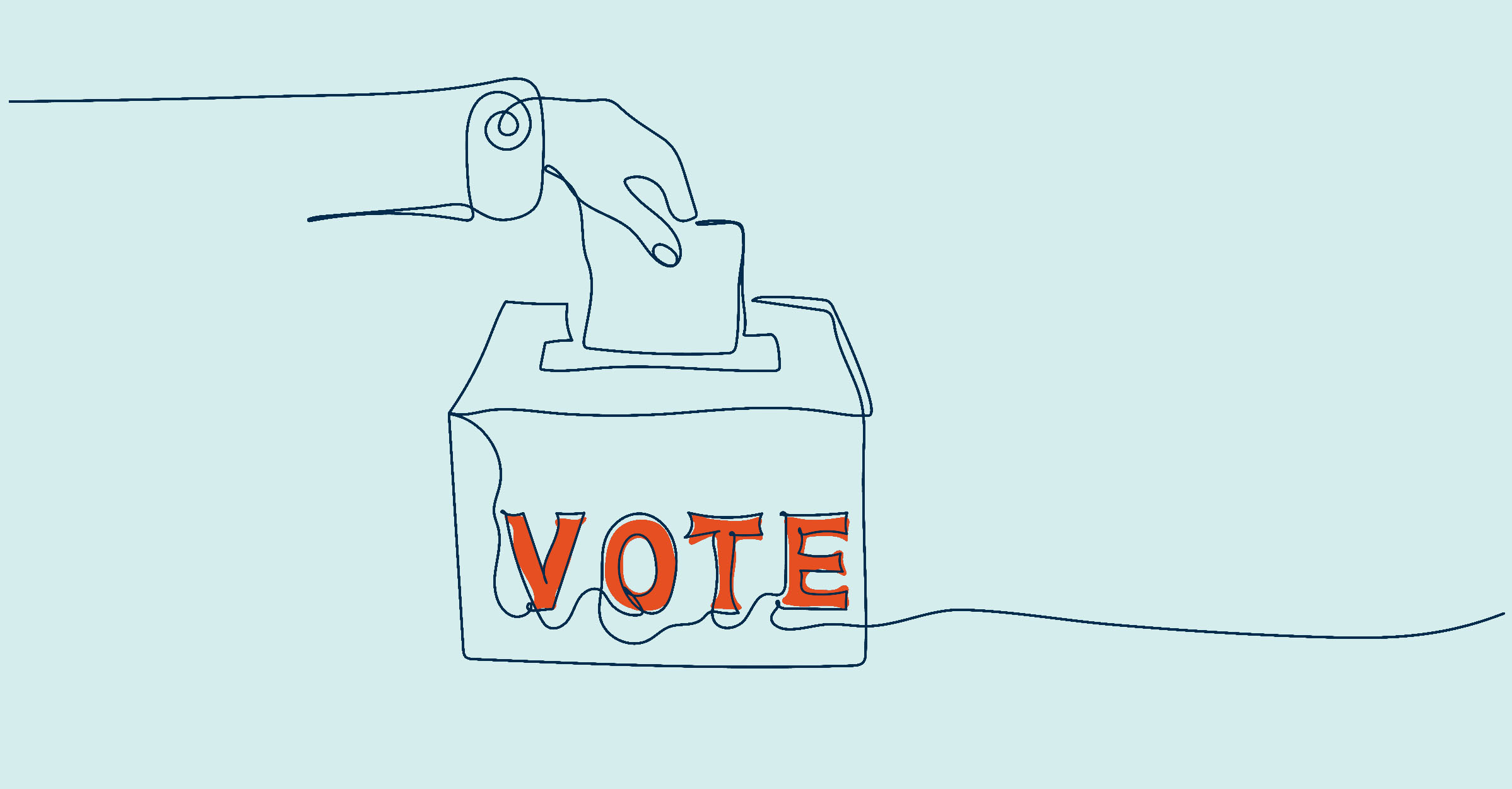
Here are three ideas to steal and adapt: LAist, Enlace Latino NC and Spotlight PA developed easy-to-use tools for voters during local elections.

Here’s an idea to steal and adapt: The Chattanooga Times Free Press launched a newsletter that delivers useful news to local food lovers.

Learn how the Colorado Community Media’s new website allowed them to leave behind “antiquated infrastructure.”
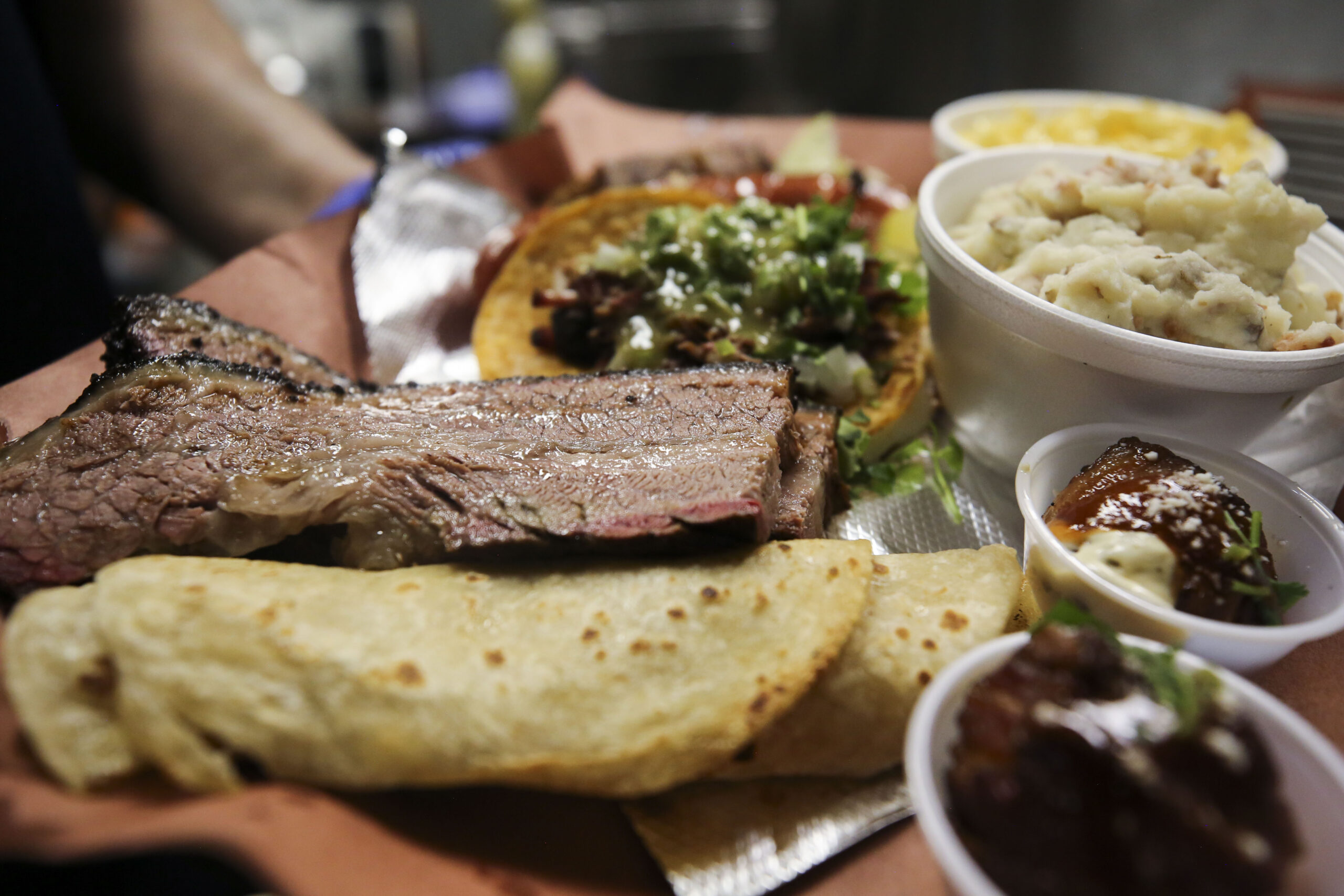
Here’s an idea to steal and adapt: Find people who want to be engaged in your newsletter by using an approach that will encourage your audience to interact with you.
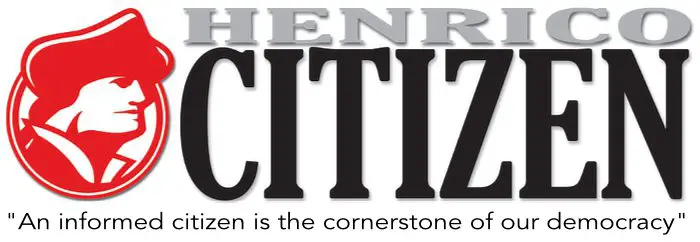
Here’s an idea to steal and adapt: The Henrico (Va.) Citizen added 9,000+ email subscribers and generated $34,000 in reader revenue in one year.
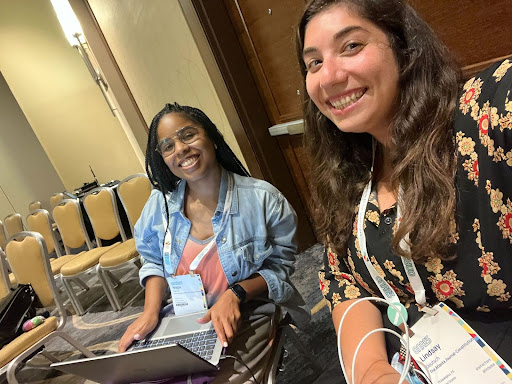
Launch a pop-up newsletter when you anticipate a swell in a brand-new audience to capitalize on unique news moments.
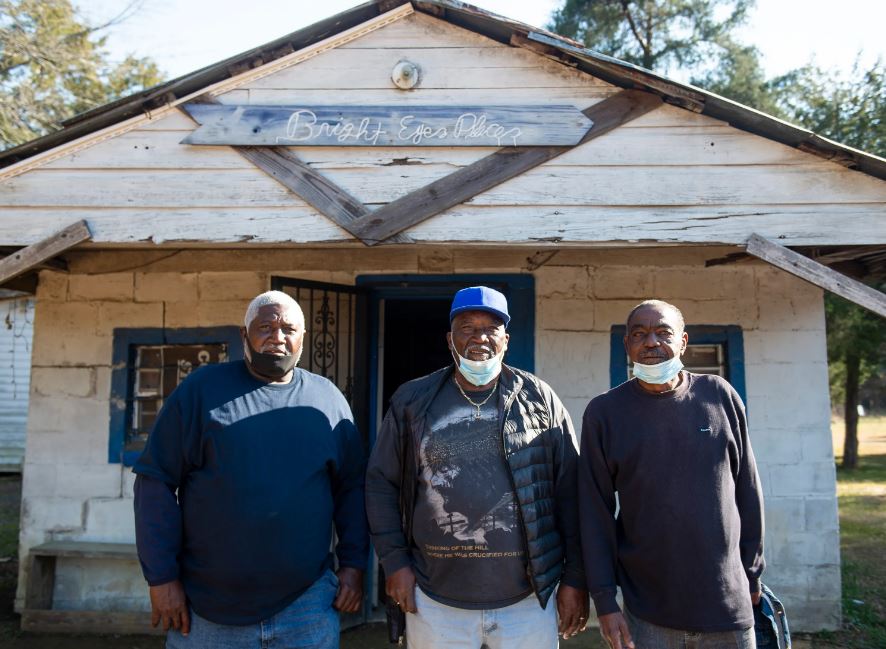
Here are 10 ideas to steal and adapt: From developing audience personas to building trust, these original case studies are the most-viewed in 2023 on BetterNews.org.
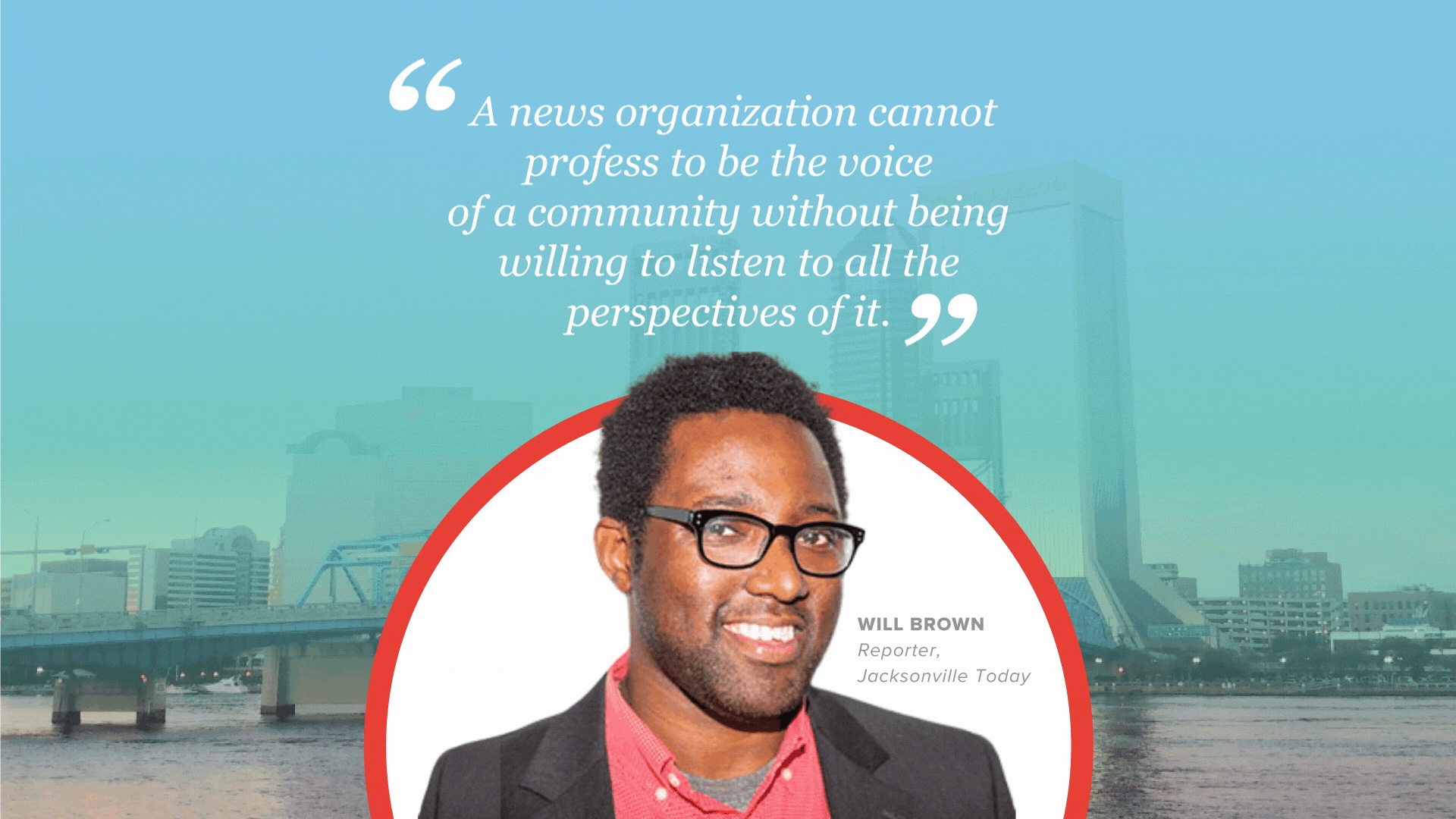
These simple newsletter tips can make a huge difference in a campaign’s success – no matter if the goal is to raise funds or develop a wider audience.
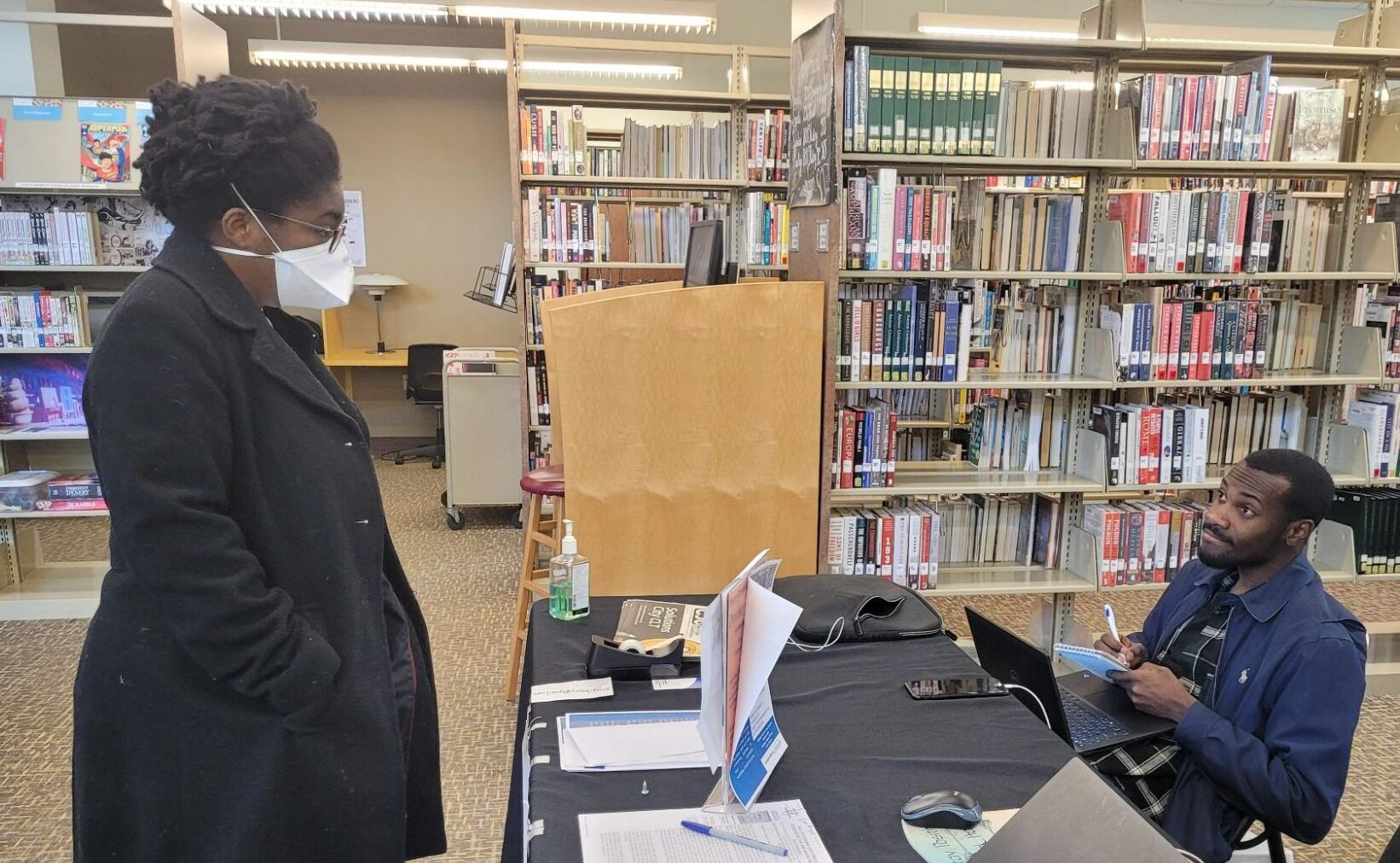
Here’s an idea to steal and adapt: A mobile newsroom offers authentic and organic opportunities to connect with historically underrepresented communities and report on them in ways we never have before.

Here’s an idea to steal and adapt: Simplify your newsletter format and workflow so that one person can realistically own the products and experiment.

It might be easier to get the attention of lapsed newsletter subscribers who haven’t opened your newsletter in months, as opposed to newer subscribers.

Ideas to help you make people open, read and engage with your newsletters.